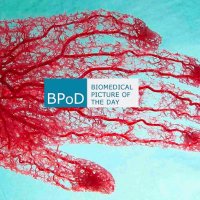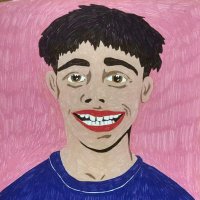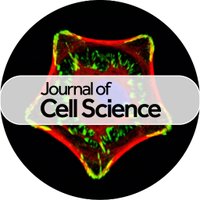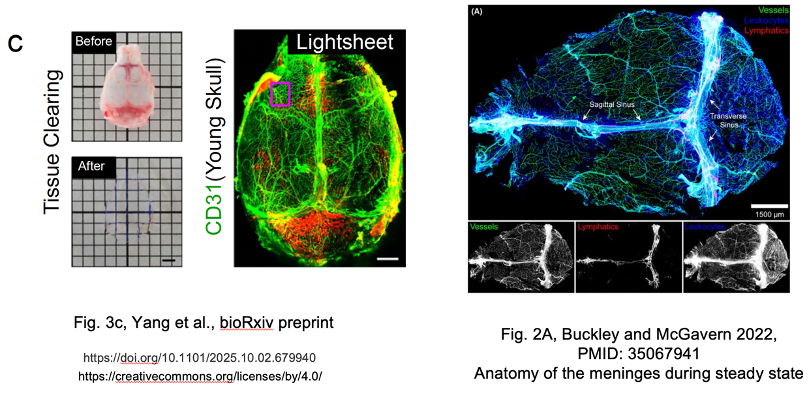
Christian Burns
@burnsbioimaging
UC Merced
QSB PhD Candidate
Focused on the Hematopoietic System and Biomedical Imaging
ID: 1450194026280325120
18-10-2021 20:16:28
152 Tweet
58 Followers
318 Following

#fluorescencefriday with centriolar rosettes in fixed RPE-1 cells, imaged confocal / with #3DSTED and #FLEXPOSURE adaptive illumination. Labeling: CP110🟥(STAR RED), SAS-6🟦(STAR ORANGE). Sample courtesy: Catherine Sullenberger & Jadranka Loncarek, Cancer Innovation Laboratory,

The MOSAIC reconfigurable microscope by Eric Betzig et al is finally out! MOSAIC integrates multiple advanced imaging techniques including light-sheet, label-free, super-resolution, and multi-photon, all equipped with adaptive optics: biorxiv.org/content/10.110…


Finally here! Our preprint on the MOSAIC, a multimodal adaptive optical microscope enabling non‑invasive in‑vivo imaging from molecules to organisms, is out. biorxiv.org/content/10.110… Eric Betzig Legant lab

Fantastic work (as always) from Che-Hang Yu and colleagues in Spencer Smith's lab Spencer LaVere Smith. Neat method to increase scan speed and/or FOV in 2p microscopy. Commercially available from Pacific Optica . I'd love to build this for a client at some point! biorxiv.org/content/10.110…




Achieving super-resolution microscopy for deep tissue imaging by cost-effective adaptation of two-photon laser-scanning microscopes 📹 Patrick Byers et al Multiphoton Imaging Lab, Munich University of Applied Sciences in Nature Communications ➡️ bpod.org.uk/archive/2025/7…




3D-imaging of the mouse skull reveals the effects of ageing on the architecture of nerves & vessels 📷 Allison Horenberg et al Warren Grayson Johns Hopkins BME in Nature Portfolio Bone Research ➡️ bpod.org.uk/archive/2025/7…





3D-printed simulated tissue engineered to have the mechanical properties of living flesh & embedded fluid-filled capsules to mimic blood 📹 (sped up 2X orig) Adarsh Somayaji et al UMN Mechanical Engineering in Science Advances ➡️ bpod.org.uk/archive/2025/9…




"The Dance of the Coordinated Steppers" - the multi-dimensional Bresenham algorithm in action with non-linear acceleration. For more see my Patreon article: patreon.com/posts/cnc-su07… Open-Source Microscopy Microscopy Society BioImagingUK RMS #STEM FreeCAD (CAD+CAM+FEA)

A computer model comparing blood cell transport in healthy & cancerous tissue - includes physiologically significant parameters hard to measure in life 📹 Abhay Mohan & Prosenjit Bagchi, Rutgers University in Biophysical Journal ➡️ bod.org.uk/archive/2025/1…





